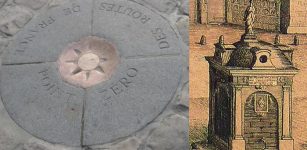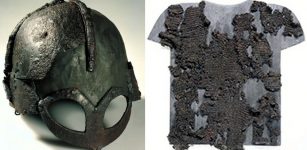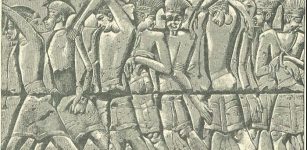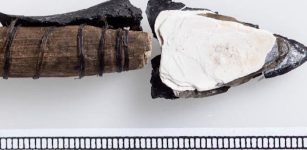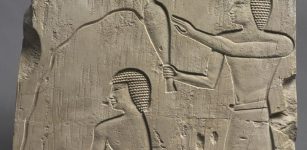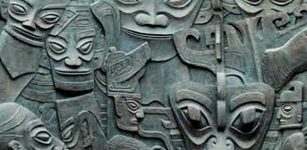On This Day In History: Chocolate Was Introduced In Europe – On July 7, 1550
AncientPages.com - On July 7, 1550, chocolate was introduced in Europe, and the Mexican drink became a passion that endures after nearly half a millennium.
In 1550 Dominican friars promoted chocolate as a beverage by introducing it to royalty and spreading the word from one monastery to another.
A family of French aristocrats enjoying hot chocolate ( The Family of the Duke of Penthièvre in 1768 , painting by Jean-Baptiste Charpentier le Vieux ). CC0 1.0 - Public Domain
In Mayan culture, chocolate was a highly revered beverage both to the living and the dead and in particular to the Mayan elite
Cacao beans, however, were introduced to Spain much earlier by Christopher Columbus and Hernán Cortés, a Spanish Conquistador who led an expedition that caused the fall of the Aztec Empire.
According to archaeological excavations, Native to Mexico, Central, and South America, cacao cultivation dates to at least 1250 BC.
Mayans grew cacao trees in their backyards and used the seeds to brew ceremonial drinks. Aztecs consumed xocoatl (bitter water) flavored with vanilla and chili pepper in the fifth century.
In Aztec society, cacao beans were highly valued and served as currency.
Hot chocolate became a hit with French royalty after cocoa enthusiast Marie Therese married Louis XIV in 1660, and the first chocolate house opened in London in 1657. English cafe society believed the drink to be a cure-all medicine capable of treating tuberculosis.
Initially, hot chocolate was flavored with coffee, pepper, and wine, but in the early 1700s, English and Dutch producers promoted adding milk and sugar to the drink.
AncientPages.com



